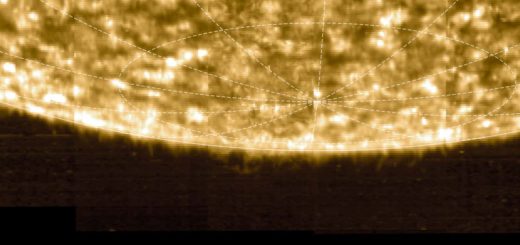Fusion power may never happen if we don’t fix the lithium bottleneck
Nuclear fusion power will probably require vast quantities of enriched lithium – but we aren’t making nearly enough, and ramping up production will mean using toxic mercury
By Jeremy Hsu
5 June 2025
The ITER project is an experimental fusion power reactor
ITER
Nuclear fusion has the potential to deliver nearly limitless power – but before it can even get started, the world must build a massive supply of enriched lithium fuel from scratch.
“One of the biggest missing pieces of technology is the enrichment stage, where a specific type of lithium is concentrated,” says Samuel Ward at Woodruff Scientific LTD, a UK consultancy focused on nuclear fusion. “We don’t have a solution that can be scaled to produce the required quantities of fuel for a future fleet of fusion power plants.”
Read more
How incredibly simple tech can supercharge the race to net zero
Advertisement
Lithium is a critical fuel for the most common fusion technology in development, which merges two different forms of hydrogen to generate energy. And the rare lithium-6 form of the metal, which makes up only 7.5 per cent of all naturally occurring lithium, is the most efficient for sustaining the fusion process. So most fusion power concepts rely on “enriched” lithium, where the lithium-6 content has been boosted to more than 50 per cent, and sometimes up to 90 per cent, of the total.
Just one demonstration fusion plant – designed to go beyond experimental fusion reactors by supplying net electricity to the grid – would require between 10 and 100 tonnes of enriched lithium to start and sustain operations, Ward and his colleagues found in an analysis. Each new demonstration plant that may come online would add to that demand.
The first such plant will not be ready until about 2040, which gives the world time to enrich more lithium. But enrichment plans will need to move quickly – one report says the current lithium-6 supply is “practically zero”. The US does have a stockpile from the cold war: to support nuclear weapons production, the government produced about 442 tonnes of enriched lithium between 1952 and 1963. However, that process relied on toxic mercury, which contaminated the environment so much that the damage is still being cleaned up decades later.


